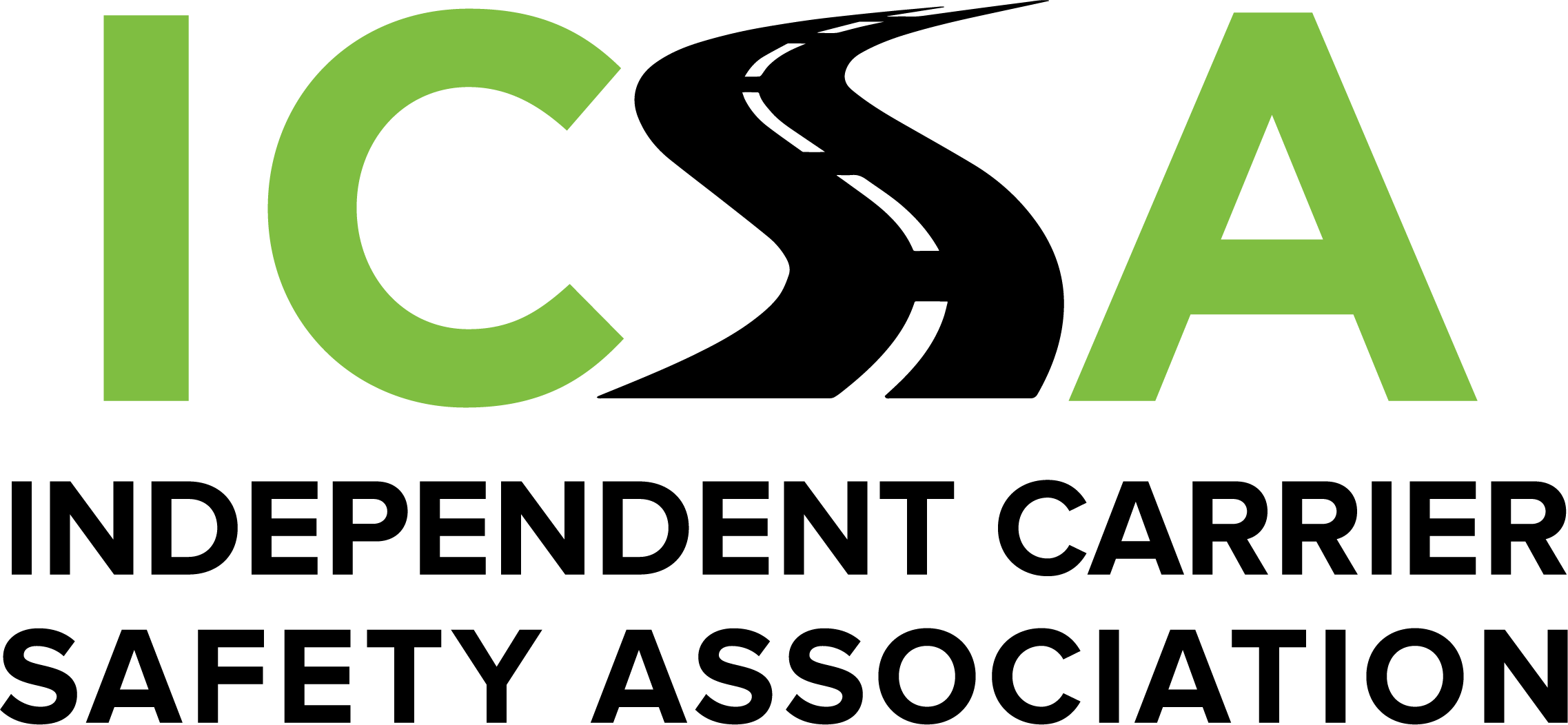In this three-part series you will learn what to do at the scene of an accident – and how to save you or your company money on insurance claims at the same time. Even better, you will know you have done the right thing, for yourself and others involved.
Need to know all three steps right now? Here they are:
- 1. Safety first.
- Set your brakes. Turn off your engine. Watch out for oncoming traffic.
- Note time and location in writing. Turn on hazard flashers, set out warning flares or triangles.
- Do not move vehicles unless necessary for safety or at direction of law officer.
- Do not move people who may be injured.
- 2. Make these calls.
- Call 911 for Emergency Assistance.
- Call the toll-free Claims number immediately – 800/491-8421. They are the pros.
- Call dispatcher for assistance from company.
- 3. Take photos and document details.
- Photograph all four sides of vehicles, as well as their license plates.
- Photograph skid marks, debris, street signs, traffic lights… anything distinctive.
- Take notes on where people are in other vehicles and any objects loose in vehicles’ interiors.
- Keep track of who else is at the scene. More detail, the better.
- Do not photograph injured people.
- Do not admit fault.
Step 1: Safety first.
An accident, a crash, is an unexpected event. You and others involved will be upset, frantic and nervous. Calm down. Know that you have an important job to do – preventing a mishap from becoming something potentially catastrophic. Whether the accident took place on the highway, at roadside or on private property, there will be other vehicles and other drivers, and they will not be anticipating the crash and the disabled vehicles.
Set your brakes. Turn off your engine. Turn on hazard flashers, press the button on your camera to preserve video of the event, set out warning flares or triangles, visually inspect equipment and look for leaks. Above all, watch out for oncoming traffic. Solicit the help of others to slow traffic… but be sure you and the others are in a safe place. Inattentive drivers may make sudden, last-second maneuvers.
Ready to breathe? Good. Note the accident time and location in writing… someone will ask you about that later; do it now while everything is fresh.
Visually check on the parties in the other vehicle to see if they are injured. Ask them if they are ok. If they do not answer, assume that they are not ok. Render reasonable and prudent assistance to any injured parties.
Should you move your vehicle? No - unless there is a safety reason or directed to do so by a law officer. On the other hand, have your fire extinguisher ready for any flames. Safety first is protecting people and property from further harm… not trying to immediately set everything back to normal.
That goes for injured parties, too. Do not move someone who may be injured unless absolutely necessary to protect them from further harm. Leave that to the emergency medical professionals… they are on the way, because in Step 2 you will have called 911.
Watch for Steps 2 and 3 of “Saving Money on Insurance Claims in Three Easy Steps in the November Landing Gear. When an accident does happen, you will know all the right steps to take.

